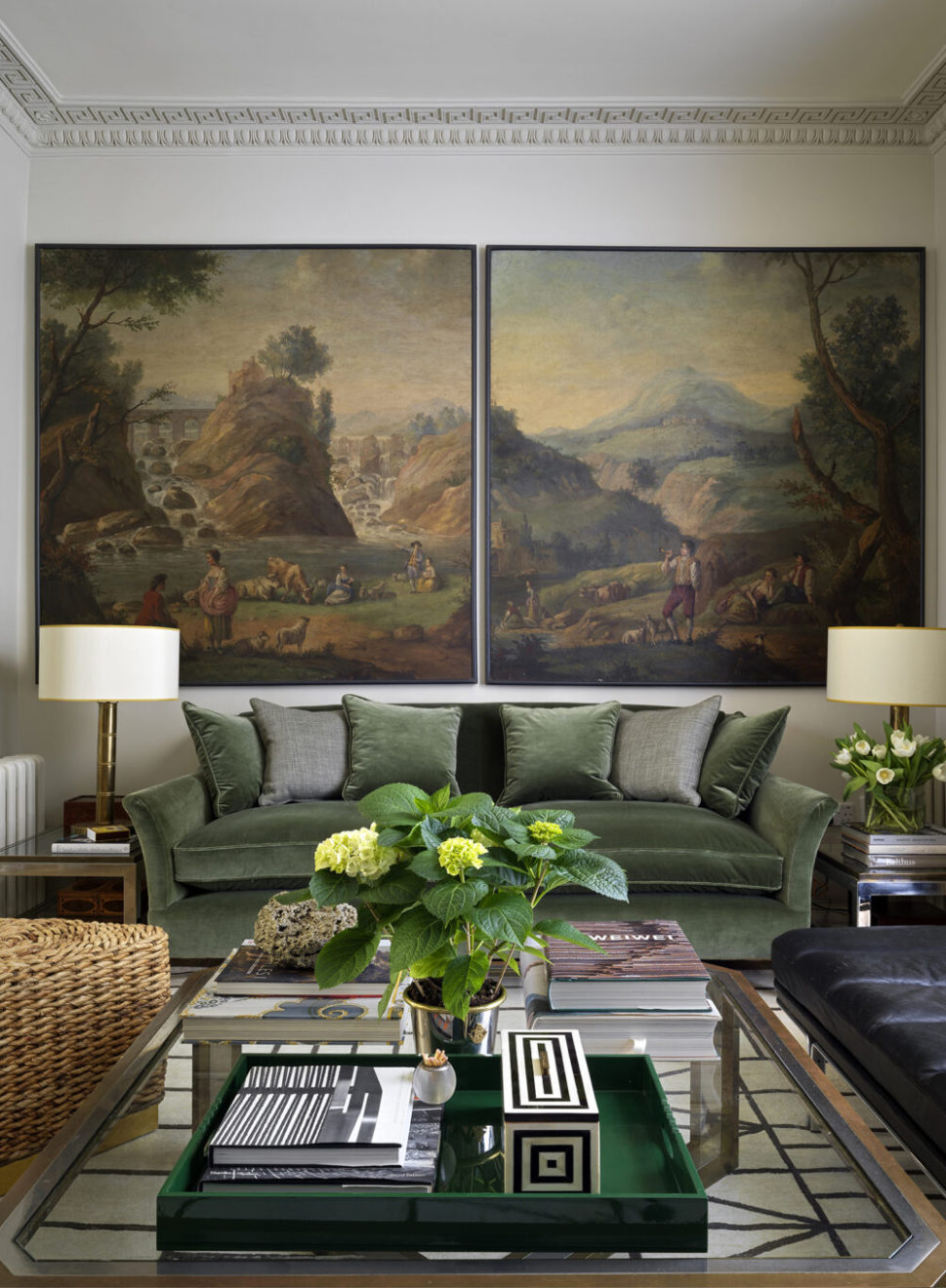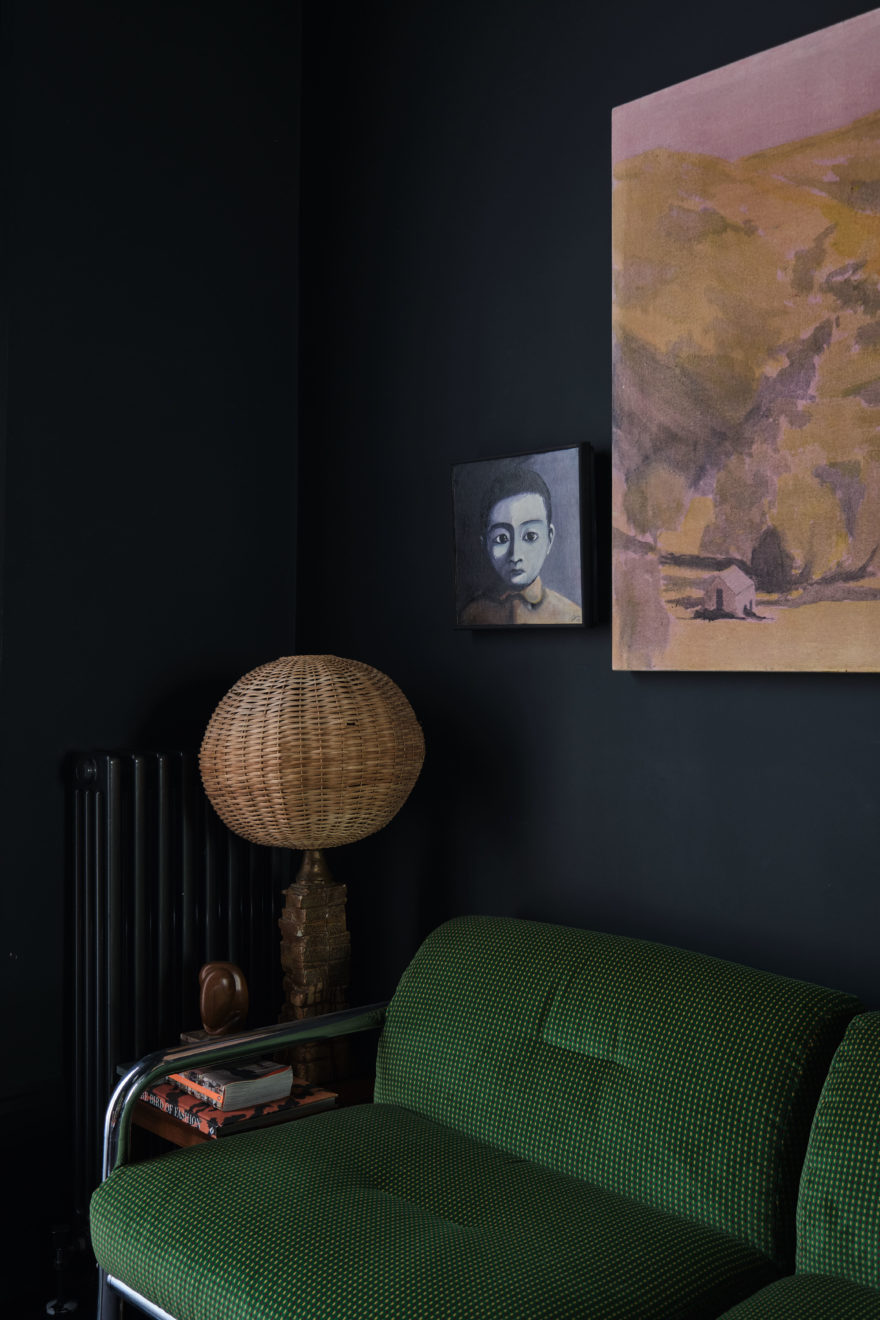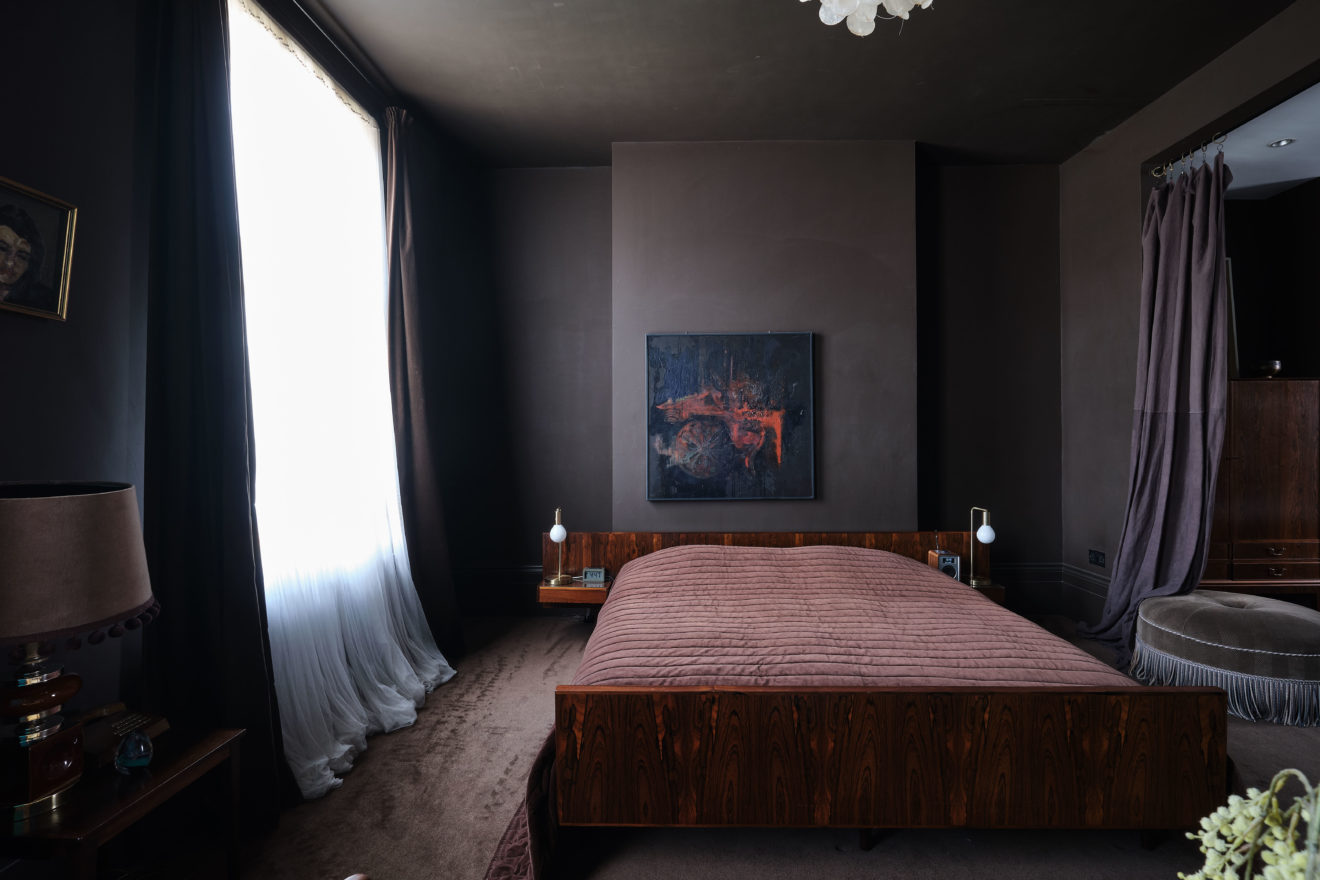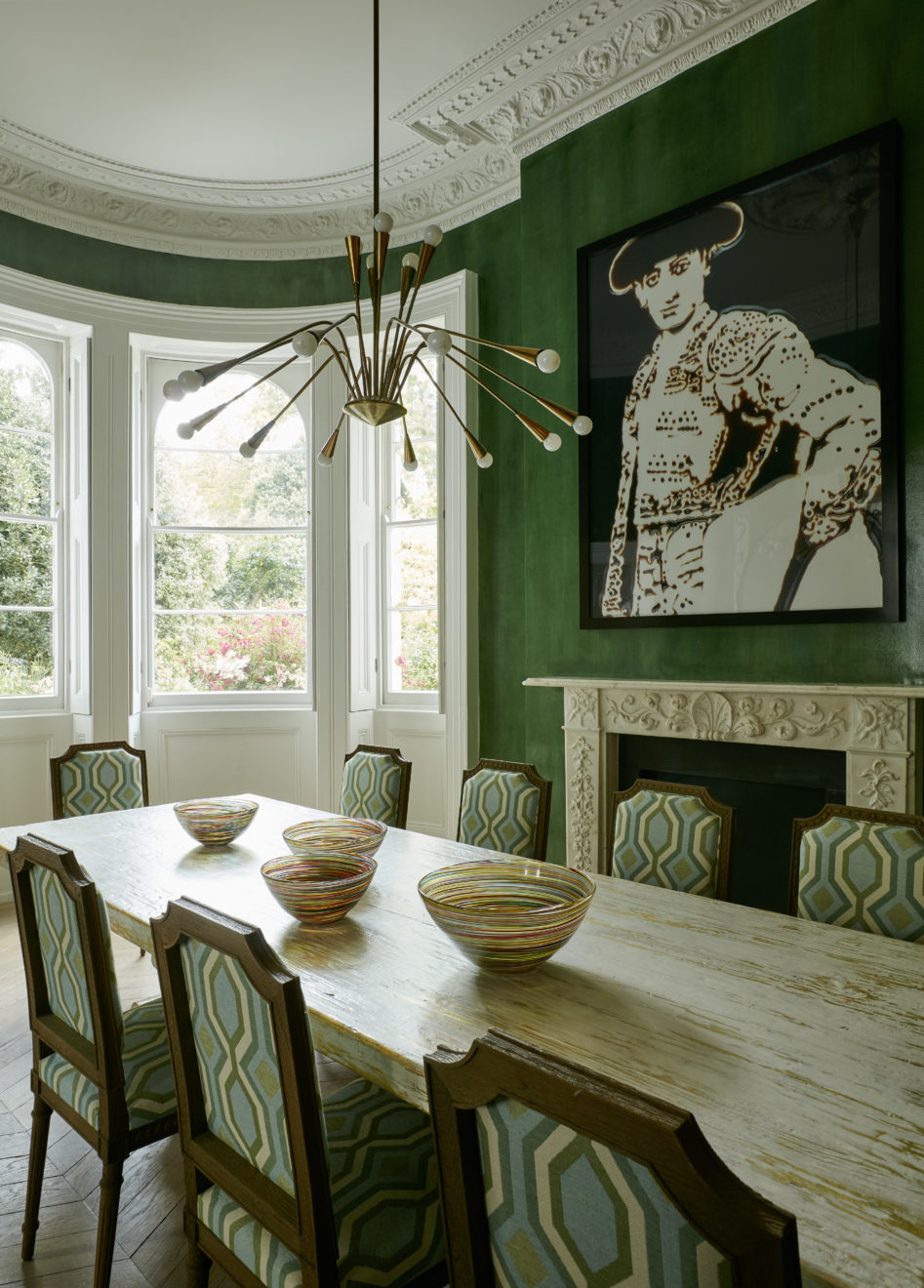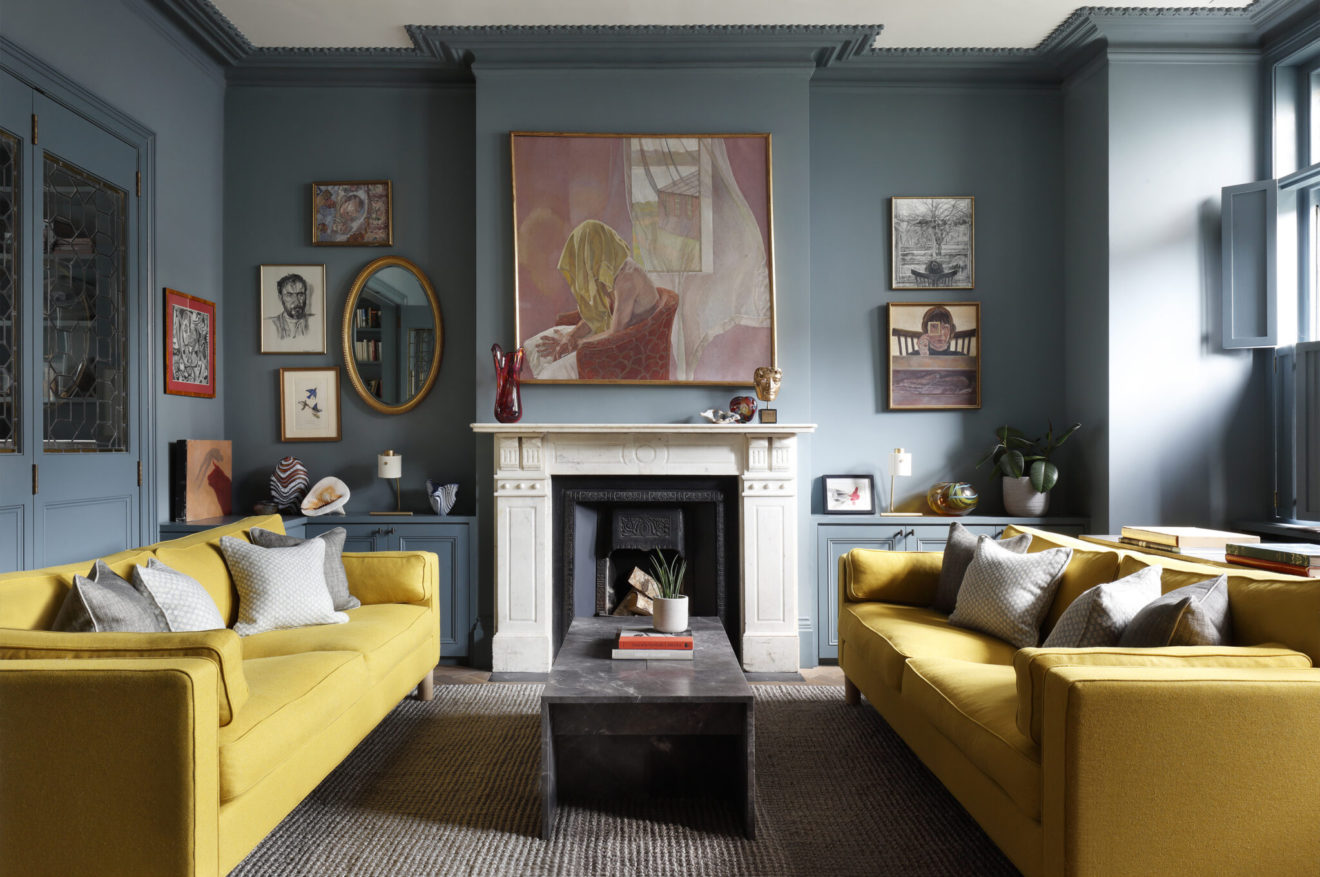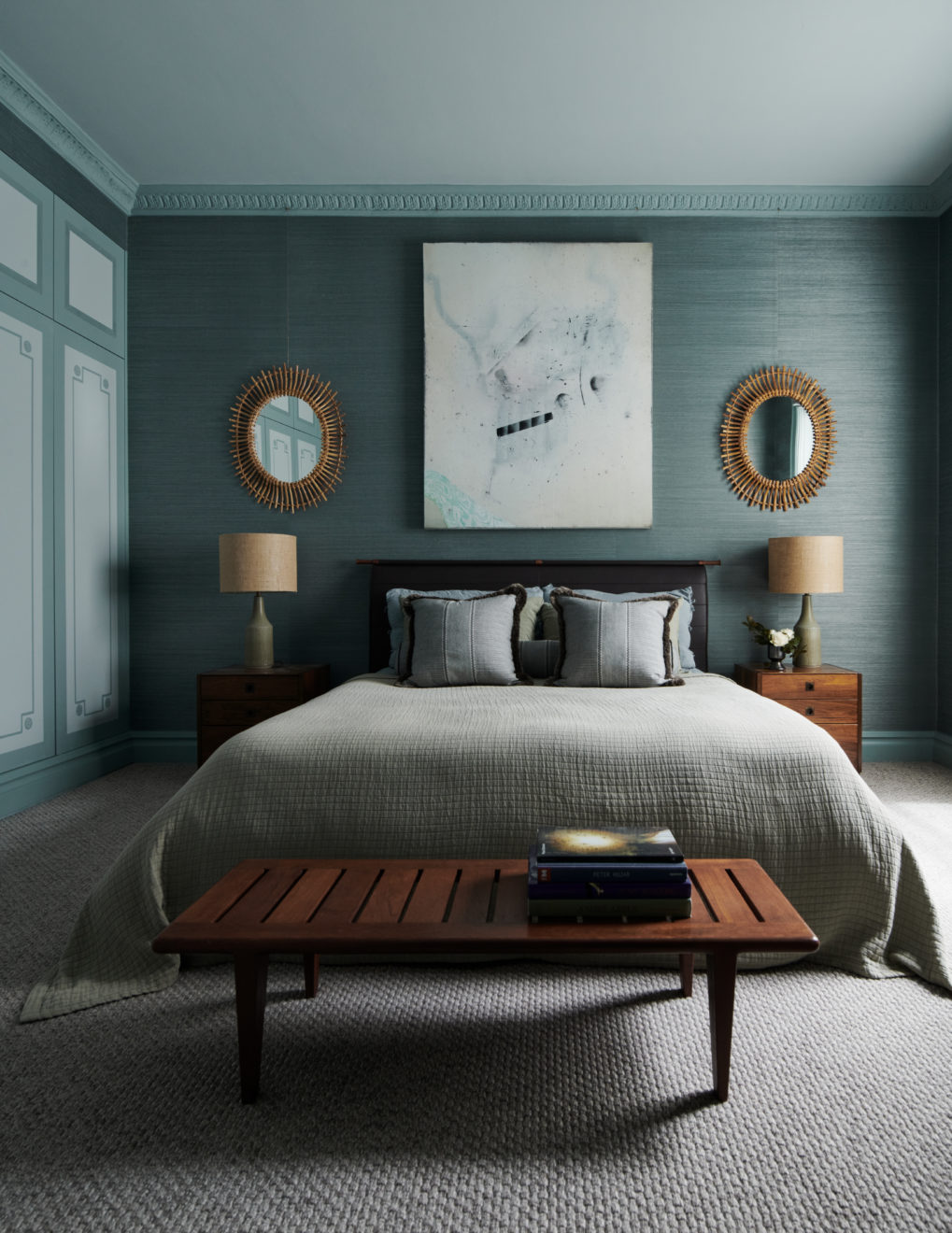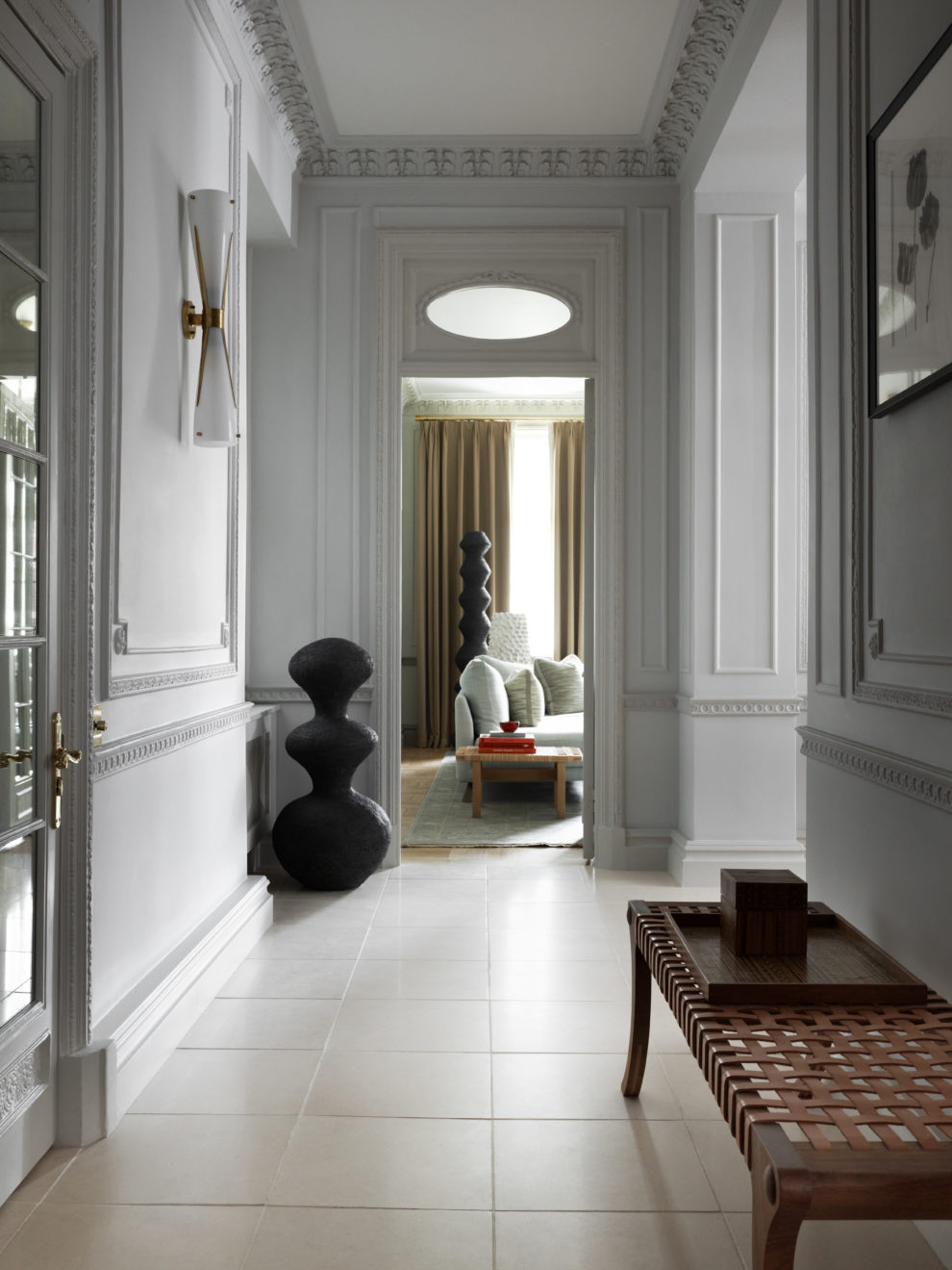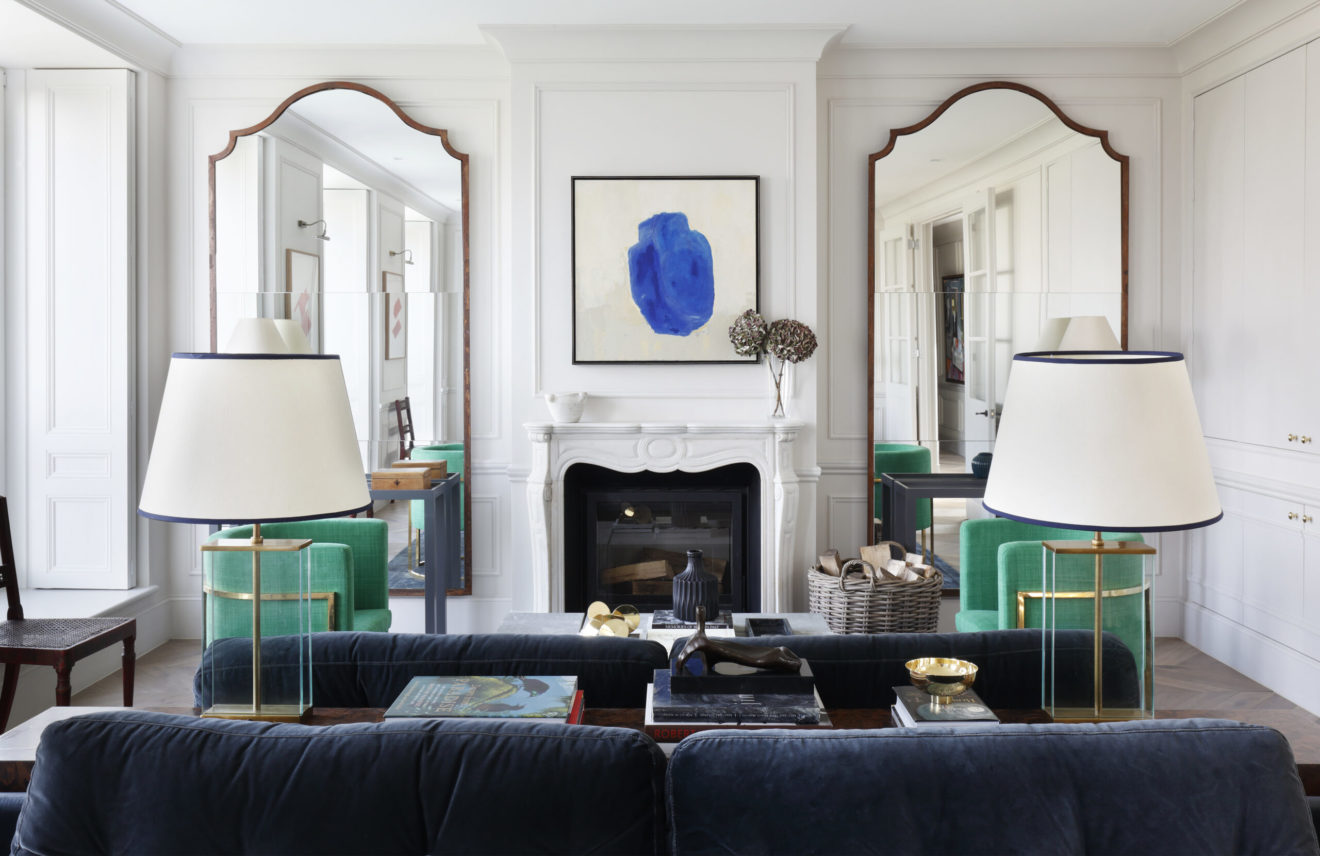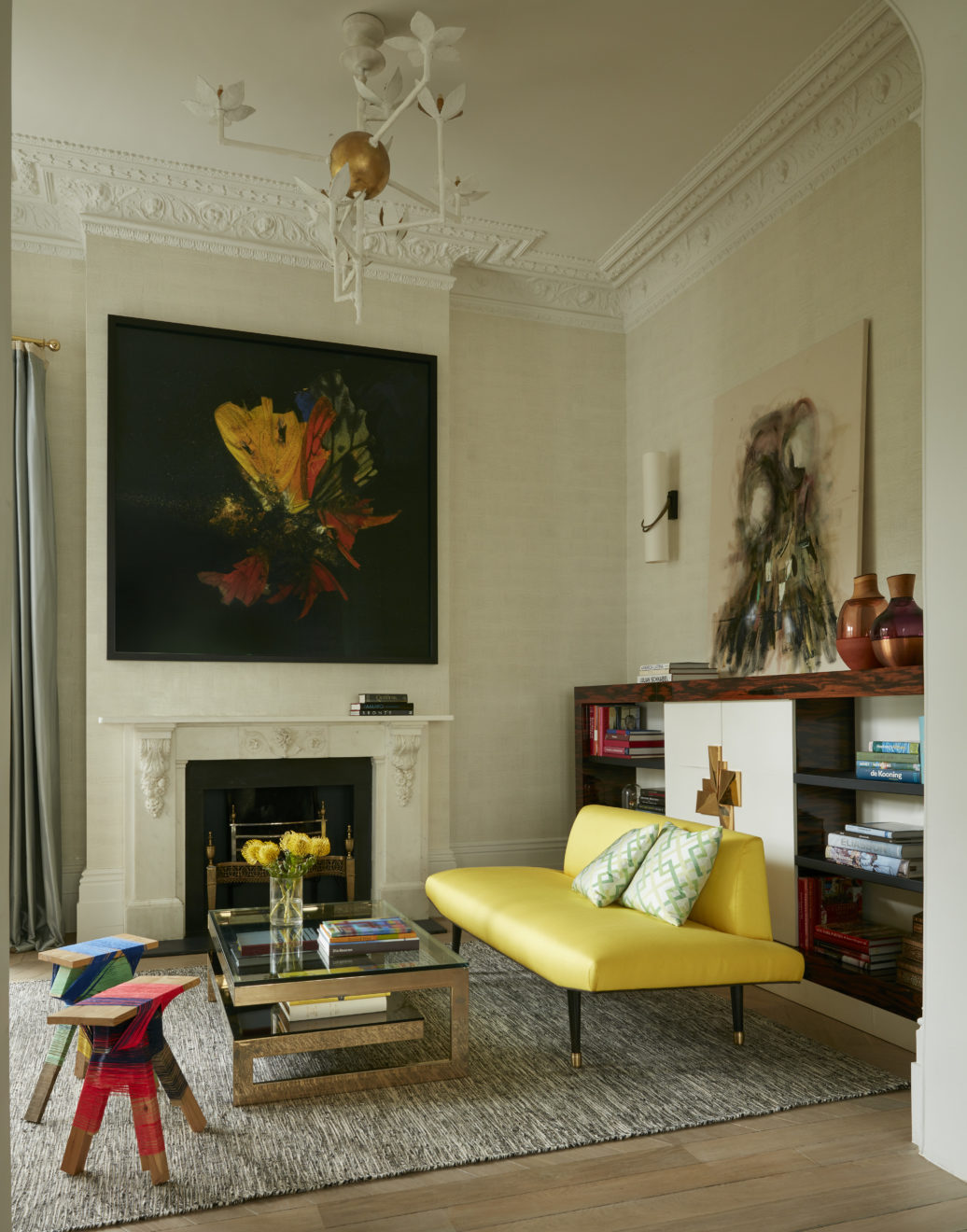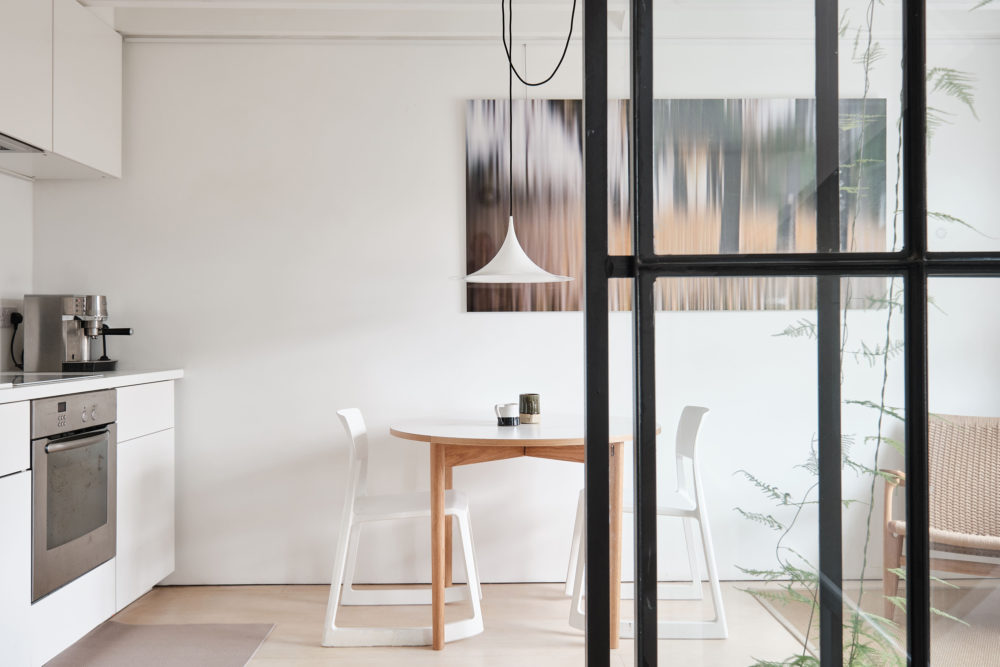How to choose art for your home
Art can have a huge impact on interior design, changing the ambience or orientation of a room in an instant. As such, an empty wall can often feel like a blank – and daunting – canvas to fill in its own right. However, when considered carefully, art can act as a helpful focus that anchors a scheme together, or a spontaneous afterthought that transforms a space, for better or worse.
Our expert guide to choosing art covers all the basics of buying pieces you’ll love and, just as importantly, be able to live with for a long time. We asked three experts from the worlds of interior design and contemporary art for their top tips on how to choose art for your home, and how to incorporate art into your interiors effortlessly and authentically.
When it comes to choosing art, your gut can be the most trustworthy guide, particularly if you’re not au faux with the art world and already keenly collecting. “If you are putting art on the wall, you need to love it,” begins Claire Sa, Co-Founder of architecture and interior design studio De Rosee Sa. “There is no point taking a punt on a piece that may or may not go up in value if you don’t like looking at it. If a piece appreciates in value, that’s just a bonus.”
“If you’re buying contemporary art at a low- or mid-level value, you should definitely buy something that you love, rather than thinking about the investment value,” agrees Freddie Burness, Director of Cadogan Contemporary. “Many people who are buying their first painting start with a particular space to fill in mind but, when it comes to choosing that piece, you should definitely go with your gut feeling, as that’s the most honest thing.”
And, if you do want to invest in art: “Take advice from people like Beaumont Nathan, who really know what they are talking about,” advises Claire. “Investing in contemporary art in particular is a chicken and egg situation,” says Freddie. “If you have some really good advice, and enough money, you can make some very savvy investments in contemporary art. But, at a more affordable level, it can be down to luck.”
Having fallen in love with an artwork, knowing where you’re going to put it is the next barrier to buying it. “Often art is the last thing an interior designer comes to, which I understand,” says Freddie. “But, if the art is an afterthought it can make or break a space. Having a serious, beautiful painting on the wall makes a real difference. So, making the artwork a starting point can be quite an interesting way to build an environment.”
However, if your interiors are already fully design-fledged, there’s an alternative approach. “I would buy art that I love and I would find a place to make it work, even if that’s not immediately possible,” shares Jo Le Gleud, Co-Founder of interior design studio, Maddux Creative. “Or, choose pieces that mean something to you, or take you back to a moment, as you’ve got to live with it and see it every day.”
Claire agrees: “Unless a piece is oversized you can usually find a home for a piece of art that you fall in love with. Quite often, you end up putting a piece of art not where you had originally intended but somewhere surprising, where it works better.” She also shares a nugget of easily overlooked wisdom: “If, however, you are looking at a particularly large canvas, then you should always measure it for size and, also, make sure you can actually fit it through the front door!”
If you’re not designing a room’s scheme around a chosen artwork, deciding on its final destination can be daunting, as you grapple with styling it alongside existing furniture and homeware. “When it comes to art, I like to think of things in vignettes, rather than even room sets,” explains Jo. “Tackle only the area immediately around your artwork; you might place a small piece of furniture near it that works well in terms of colour, whilst also giving the artwork space.”
“Put things that you love in your eyeline,” Jo continues. “Make sure you see them and can spend a moment with them. If you’ve got lots of stuff going on in a room, like a kitchen, but there’s one place in that room where you can rest your eyes (on a painting, for example) that’s a lovely thing.”
When positioning art there are also a few practical considerations that shouldn’t be neglected. “Follow your common sense,” says Freddie. “You’d be stupid to put a wax sculpture above a fire place, for example. Generally, paintings are pretty hardy once they’re on the wall but be mindful of how you install things. Know what type of wall you’re going into, and if there are wires within it.”
On the ongoing health of artworks, one might instinctively keep them out of direct sunlight for fear of damage but Freddie poses an alternative perspective: “For me, the best way to see paintings and artworks is with natural light, as much as possible. Unless it’s a precious, small, mid-century or modern painting. Oil paint, however, is very resilient – that’s why Renaissance paintings still look the way they do. It’s very long lasting and hard wearing. A well-made oil painting could sit in direct sunlight for years and be fine.”
“Some things will fade in UV light if you don’t protect them though, of course,” he continues. “Watercolours, for example, need to be protected by glass. However, flat and ambient light is what I would recommend but it does depend entirely on your home, and how light filled it is.” Claire takes a similar tack and agrees that, in some situations, no direct lighting is the best solution. “There is often a tendency to over-light pieces, or place too many picture lights,” she says. “Sometimes, a soft scallop of light from a carefully positioned ceiling downlight is all that is needed on a piece.”
And, Jo feels the same, treating each piece and its situation on an individual basis. “I think it’s worth taking the time to light textural pieces. Textiles, for example, such as wall hangings; if you put them in the right place, like by a window, you can let natural light bring out all their glory. If you do want to light a piece, you could move existing angular down lighters (if you’ve got them) and you can actually get battery powered picture lights now, so you don’t have to wire them into the wall if you’re retrofitting artwork lighting. They’re also good for awkward places, like high staircases.”
Art isn’t always two-dimensional, and introducing sculpture or multi-media works into your interiors can throw up a host of additional considerations. It is easy to feel put off by an artwork that takes up physical floor space but they can be easier to incorporate than you might think. “I think multimedia or three-dimensional pieces should not necessarily be centre place in a home,” says Claire. “They often work best in secondary or circulation spaces, where they can be appreciated without having too much of an imposing presence.”
Freddie highlights the versatility of three-dimensional artworks when compared to paintings or prints. “It depends how big the sculpture is but it can be much less obtrusive than a painting. As it’s a three-dimensional object, you can move it around, whereas you’re more limited to what you can do with a painting in a space. It depends on what it’s made of and how heavy it is. Lightweight sculptures are easy to manoeuvre, so you can play around with them.”
Jo agrees, advocating small or lightweight sculptures as playful additions that can be easily reworked. “For a small sculpture, consider how you will see it and what will sit next to it and help it to live and breathe. If you’ve got a surface or piece of furniture in a bay window, for example, then curate it with a book or two, some plants at different heights, and this beautiful object. When you’ve got time, rotate it, reorganise it, try different things, tinker…”
Armed with the confidence to choose art for your home and tips to ensure it finds a place to reside easily and authentically (once you fit it through the front door), you’d be forgiven for thinking that purchasing it is instantaneous. “Going out on a specific shopping spree for art is hard,” says Claire. “Unless you have a substantial budget. I always advise clients to try to collect things they like over the years and buy pieces that can move with them.”
“I love the randomness of what you find when you’re trawling places, such as auction houses, or car boots even – foraging to find what feels like rare treasure,” shares Jo. “Auctions are great for that, as you get exposed to so many different things, you evaluate things together that are not alike.” She also suggests Battersea Arts Fair and the Affordable Art Fair; “it’s a chance to be brave. As, if it’s affordable, you can take a risk on it, as it’s not too much of an outlay financially.”
“A good way to find emerging artists is to go to the degree shows,” says Freddie. “And, the gallery scene in London is really booming – there are lots of young and experimental galleries you can buy things from at a good value.” He also looks online for emerging artists, “You can discover some wonderful artists on Instagram – I certainly have. However, you need to have an element of trust to start off with if you’re going to spend money having not seen something in real life.” To that end, he suggests Artsy and Ocula as platforms for online art sales.

